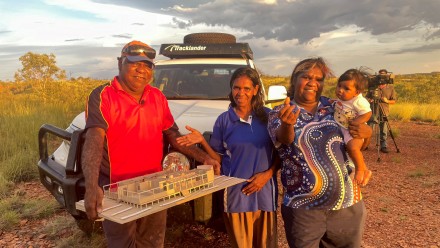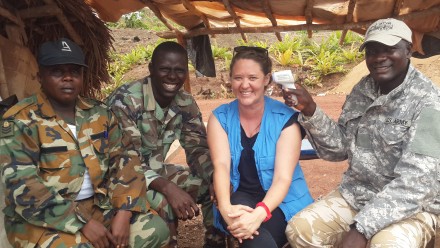Partnership and effective use of the media in reducing mortality from smoking
Strong partnerships can make all the difference in publicising research findings and ensuring that the results are implemented.
In 2015 the Epidemiology for Policy and Practice group at RSPH published a paper on Smoking and Mortality*, which showed that up to two-thirds of current smokers in Australia will die from their habit unless they quit. The findings demonstrated the enormous harms of smoking in Australia, and the benefits of quitting, which are substantially greater than previously thought.
The research was widely reported in the media (more than 900 articles) and led to widespread discussion among the Australian public, government and non-government sectors. Subsequently more than 50 organisations used the findings, leading to improvements in policy, practice and care.
One factor in achieving such a strong impact was that the lead investigators developed a strategy well prior to publication of the paper, ensuring that key organisations and people participated in developing the research. Through their active involvement in the research, partners were well aware of the findings and willing to publicise them.
The strategy built on a range of partnerships. Some are long-term relationships which are relevant to many aspects of the group’s research, such as the National Heart Foundation, the Cancer Council, the Sax Institute and the Australian Department of Health. These organisations co-designed the research and members of the National Heart Foundation and Cancer Council were co-authors on the paper.
Other partnerships developed whilst promoting the impact for this piece of research. For example, the Australian Council on Smoking and Health promoted the paper's key findings about smokers' mortality risk, particularly in Western Australia.
One aspect of the partnership was working with leading, well-respected, organisations in publicising the findings. For example, the primary media release on the paper by the Sax Institute and the ANU was in partnership with the Cancer Council and the National Heart Foundation and there was an accompanying media release on the findings by the Public Health Association of Australia and the University of Melbourne. The multiple interviews across print, online, radio and television media were also shared across our research team and colleagues in public health and tobacco control.
Another aspect of the partnership was to ensure that organisations in a position to make policy and practice change were aware of our findings, including how solid the evidence base is. The group arranged special meetings and seminars with key policy-makers, particularly in federal government agencies, to present the findings. One outcome of this process was that the paper was cited in the supporting memorandum for Australian legislation to increase tax on tobacco products.
The Epidemiology for Policy and Practice group prides itself on close relationships with research partners. This pervades all aspects of the group’s research and all members from PhD students to the group leader, Professor Emily Banks, are active in learning from, providing research results to, and exchanging insights with, organisations and individuals working in areas relevant to chronic disease and other aspects of the group’s research.















